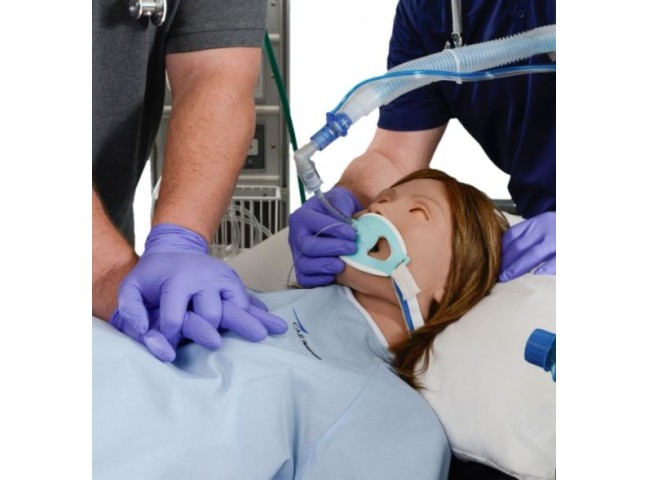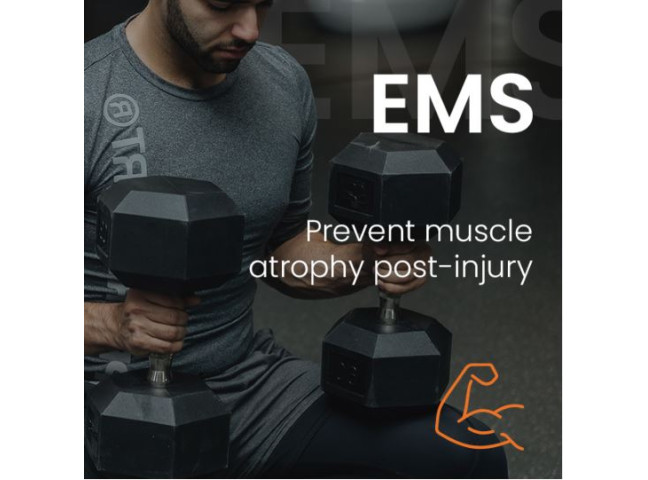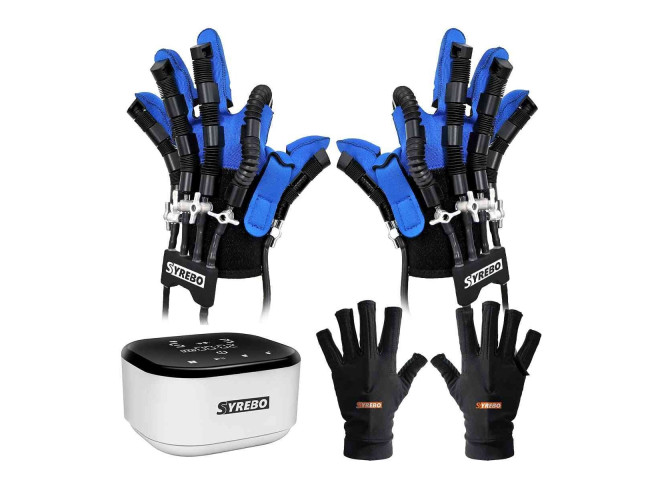Pain is often caused by illness or injury; however, it is not just an accompanying symptom, but rather a separate condition. The burden of chronic pain caused by back pain and osteoarthritis is increasing worldwide. In terms of years lived with disability, low back and neck pain were consistently the leading causes of disability internationally, with other chronic pain conditions in the top 10 causes of disability.
Chronic pain reduces your ability to participate in daily activities and can cause many difficulties in your professional and personal life. Quality of life and mental well-being are severely affected, leading to sleep problems and disturbances, anxiety, depression and the deterioration of close relationships.
Why is pain control important?
We already know that pain management helps bring comfort and peace to those with a life-threatening illness, but pain control can also prolong life by reducing the negative effects of pain on the body.
Although pain can protect us by forcing us to rest after an injury or stop doing something, the experience of uncontrolled pain is terrifying, frightening, and can have a significant impact on our quality of life.
Uncontrolled pain can:
• delay healing
• reduce appetite
• increase stress
• disturb sleep
• cause anxiety and depression
• Unrelieved pain has consequences
Studies have shown that healing is delayed when pain is left untreated for long periods of time when it is caused by tissue damage. Research shows that uncontrolled pain negatively affects our immune system, mental and emotional state. Chronic pain also reduces our body's ability to respond to stressful situations such as surgery, chemotherapy and psychological stress.
Pain caused by nerve damage (neuropathic pain) can also have far-reaching consequences. This type of unrelenting pain appears to cause changes in the nervous system that contribute to the development of chronic pain long after the nerve damage has healed. We already know that pain management helps bring comfort and peace to those with a life-threatening illness, but pain control can also prolong life by reducing the negative effects of pain on the body.
Debunking the myths of pain
Sometimes misconceptions about pain can get in the way of pain control. Here are some common misconceptions about pain.
- Pain happens, you just have to accept it. Pain management and comfort is a reasonable expectation. Pain does not have to be tolerated, but it can be treated to improve your comfort and quality of life. If I take my pain meds too soon, they won't work when the pain gets really bad. Early treatment helps control pain. There are many options for controlling pain.
- I will be addicted to narcotic pain meds. Most people who take opioid (narcotic) pain relievers do not become addicted. Some people will develop tolerance (requiring higher doses of the drug over time) or physical dependence (experience withdrawal symptoms if the drug is stopped suddenly), but these can be managed.
- Doctors and nurses are very busy. I don't want to disturb them. Yes, nurses and doctors are busy, but you have the right to have your pain under control and they don't want to see you in pain. Even if they seem too busy, it's important to let your nurse or doctor know when your pain is getting out of control.
Pain remedies
The use of prescription opioids for chronic pain has increased dramatically over the past few decades, despite concerns about their adverse effects and potential for addiction.
Many healthcare professionals and researchers have expressed the need for non-drug treatment options. TENS therapy is a safe option with no serious side effects and/or complications. It is widely available, affordable, and allows you to control your treatment in the comfort of your own home.
Facts about the use of TENS devices
Electrostimulators relieve pain for a variety of reasons. Clinical trials over the past 20 years have confirmed that it works by intercepting pain signals that travel to the brain and stimulate the release of endorphins. In addition, TENS therapy can often be used in conjunction with other treatments if desired.
In our clinical evaluations of TENS machines, our quality and regulatory team has evaluated more than 100 clinical studies on TENS and its ability to relieve pain. Below are brief excerpts and conclusions from these papers that inspired us and confirm the effectiveness of TENS.
- The use of TENS as a first-line pain reliever may reduce the need for postoperative opioids. In addition, TENS is more suitable as a first line of treatment
- a because it is associated with a shorter time spent in the post-anesthesia care unit (PACU) if the patient responds to treatment.
- The effect of electrical stimulators on patients with acute back pain is beneficial.
- The inclusion of medical device TENS in a physical therapy program was thought to contribute significantly to clinical recovery in CRPS type 1.
- TENS can reduce postoperative pain in the first hours after inguinal hernia repair surgery.
- TENS is a valuable strategy for post-thoracotomy pain relief.
- TENS is a safe, non-invasive, easy-to-administer treatment for chronic facial myalgia.
- Pain and fatigue were further improved when two active devices were used simultaneously in the lower back and cervical region, reflecting its utility in treating fibromyalgia pain.
- Electrical stimulators have shown significant improvement in neuropathic pain in diabetic neuropathy.
- TENS is effective, easy to use, and has minimal side effects for patients with trigeminal neuralgia unresponsive to conventional therapy.
- Electrostimulators alleviated postoperative pain.
- The results of the study show that TENS is an effective and safe non-invasive, non-drug treatment method. It can be used as an alternative method of pain control for postpartum women after a C-section delivery.
In conclusion, we can say that Electrostimulators are simple, safe and effective methods of pain relief for people suffering from various pain conditions.
Do you have any questions?
If you have any questions, please contact e-mail Rehastar.com store staff by phone on weekdays 08:00 - 17:00 or by e-mail Email us anytime and we will try to get back to you as soon as possible.
email by mail: info@rehastar.com
By phone: +370 626 11553






